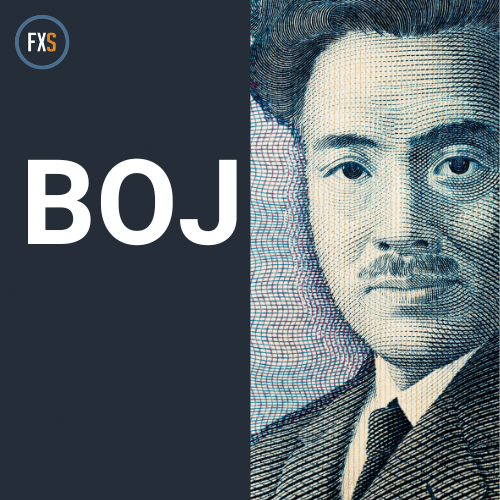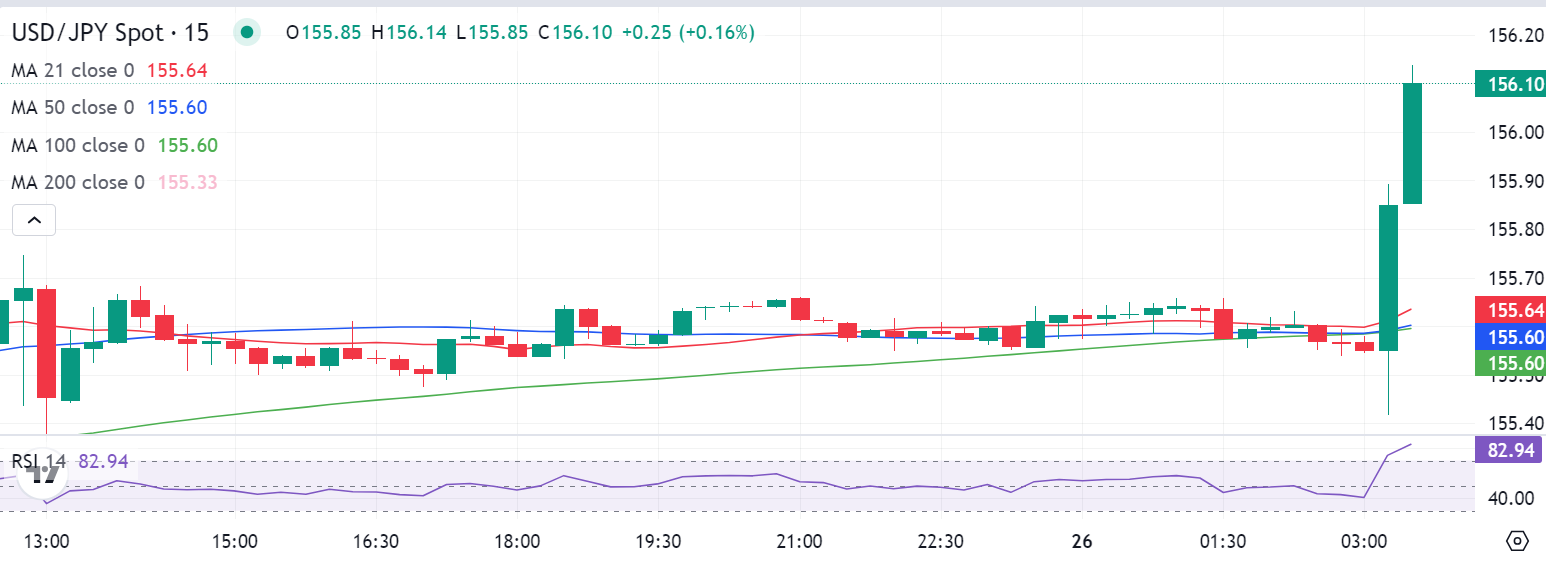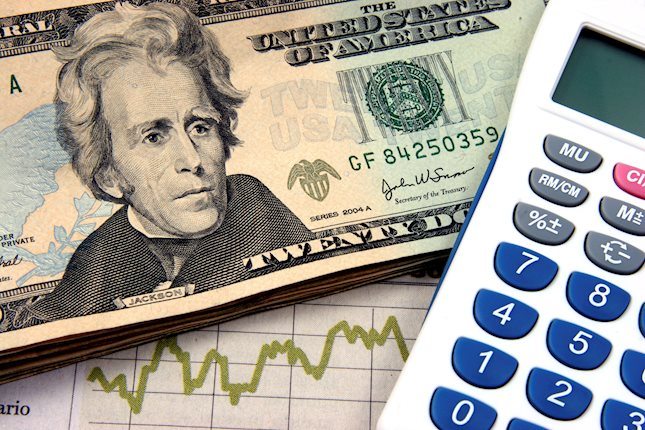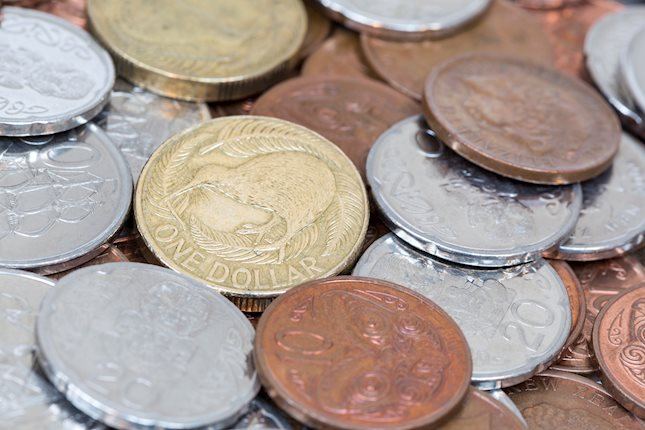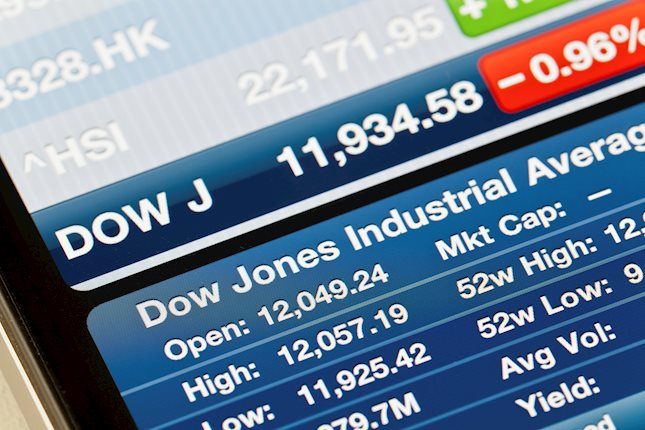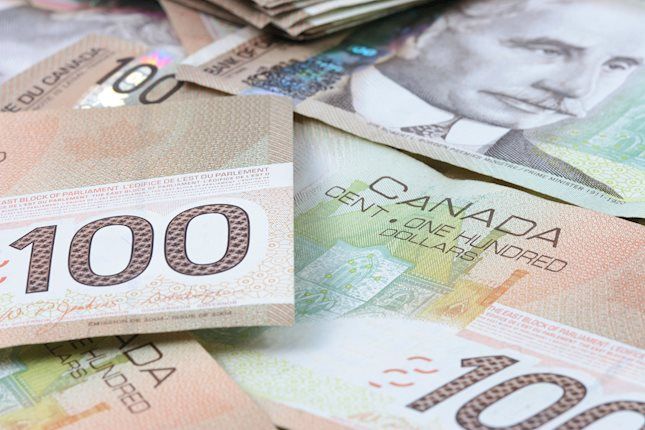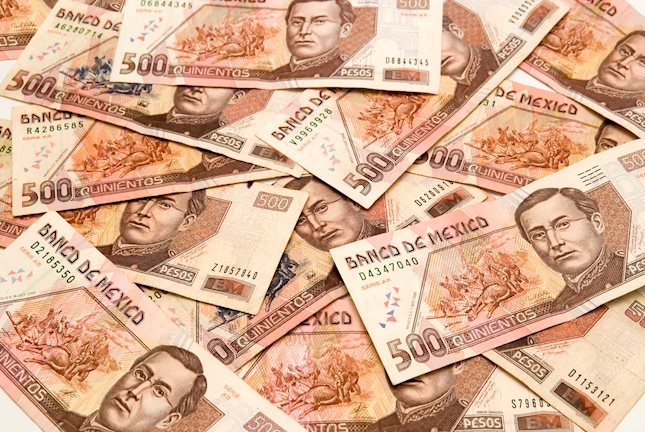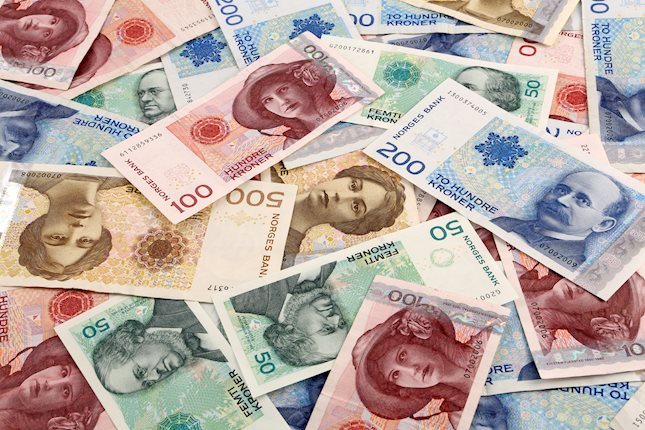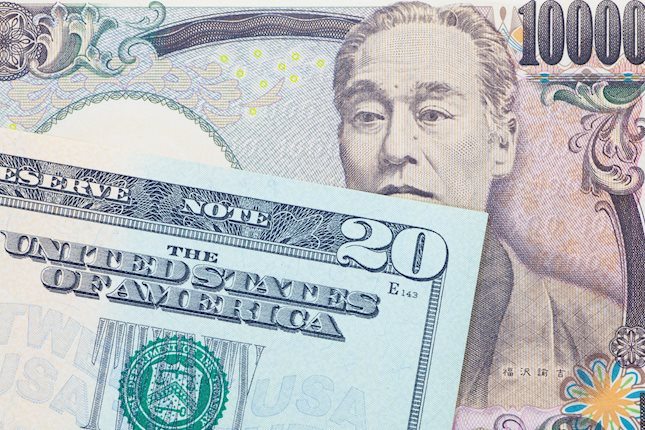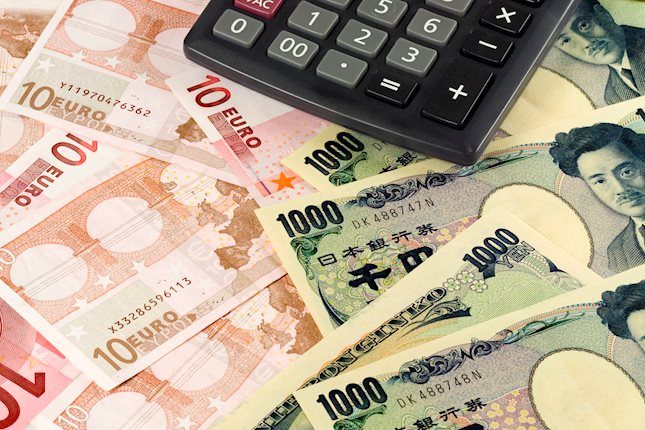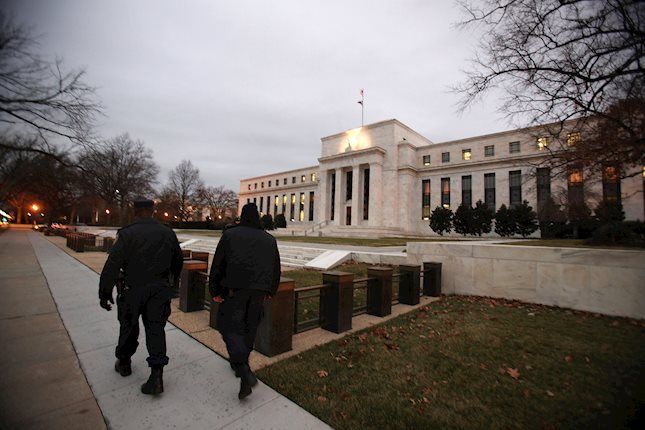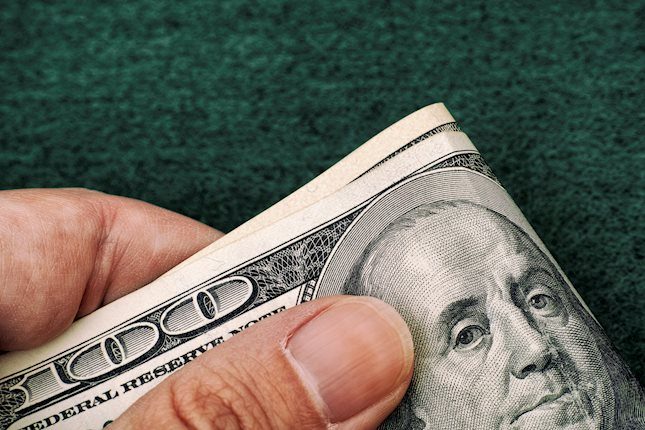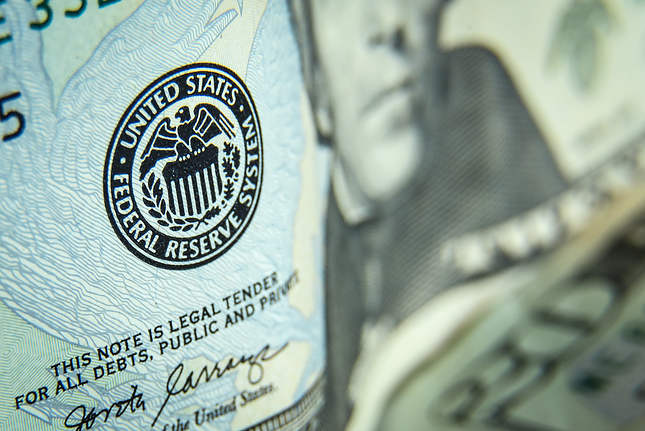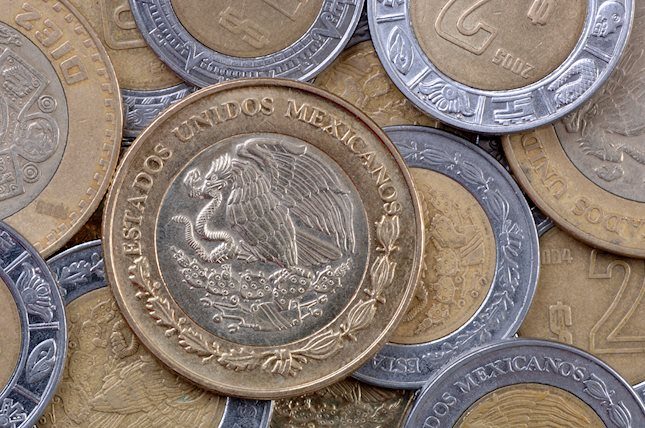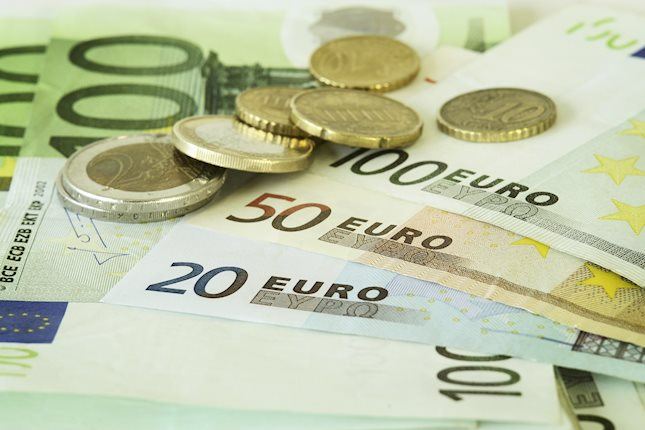Ueda Speech: BoJ Governor discusses interest rate outlook
Following the Bank of Japan's (BoJ) decision to leave interest rate unchanged at the April policy meeting, Governor Kazuo Ueda explains the reasons behind the status quo in the post-policy meeting press conference on Friday.
The Japanese Yen is off the new 34-year high of 156.22 against the US Dollar but remains under moderate selling pressure, at the time of writing.
BoJ press conference key highlights
Will adjust degree of monetary easing if underlying inflation rate rises.
Easy financial conditions will be maintained for the time being.
If FX fluctuations affect underlying inflation, that could be a consideration for monetary policy.
Likelihood of achieving 2% inflation target is gradually rising.
Not want to use reduction of JGB buying as a proactive monetary policy tool.
FX's impact on inflation rates is usually tentative.
Chance of prolonged weak Yen is not zero.
No change to JGB buying amount from March.
Achievement of 2% inflation target is 'extremely close' if our FY25, 26 inflation forecasts materialise.
Will evaluate future underlying inflation based on service prices, weak Yen-induced import price hikes, corporate wage, price-setting behavior.
There was no opposition to maintaining 6 trln yen JGB purchases at today's meeting.
Economic Indicator
BoJ Press Conference
The Bank of Japan (BoJ) holds a press conference at the end of each one of its eight scheduled policy meetings. At the press conference the Governor of the BoJ communicates with media representatives and investors regarding monetary policy. The Governor talks about the factors that affect the most recent interest rate decision, the overall economic outlook, inflation, and clues regarding future monetary policy. Hawkish comments tend to boost the Japanese Yen (JPY), while a dovish message tends to weaken it.
Read more.Last release: Fri Apr 26, 2024 06:00
Frequency: Irregular
Actual: -
Consensus: -
Previous: -
Source: Bank of Japan
This section below was published on Arpil 26 at 03:22 GMT to cover the Bank of Japan's monetary policy announcements and the initial market reaction.
The Bank of Japan (BoJ) board members decided to hold the key interest rate steady at 0%, following its April monetary policy review meeting on Friday.
The decision came in line with the market expectations.
In March, the central bank hiked rates for the first time since 2007, ending Japan’s negative interest rate era that began in 2016.
Summary of the BoJ policy statement
BoJ removes reference from statement that it currently buys about 6 trln Yen worth of JGBs per month.
Will conduct JGB, CP, corporate bond buying in line with decision made in March 2024.
BoJ makes decision on market operations by unanimous vote.
BoJ’s quarterly Outlook Report
Japan's economy recovering moderately although some weakness seen.
Inflation expectations heightening moderately.
Japan's economy likely to continue growing above potential as positive cycle gradually strengthens.
Consumption likely to gradually increase.
Underlying inflation is likely to increase gradually toward BoJ's price target.
In second half of projection period, prices likely to be at level that is generally consistent with price stability target.
There are extremely high uncertainties on Japan's economic and price outlook.
Risks to economy are generally balanced.
Risks to inflation are skewed to upside for fiscal 2024 but generally balanced thereafter.
Output gap improving, likely to gradually expand.
More firms starting to pass on rising wages to sales prices.
Expect positive cycle of rising wages, inflation to continue strengthening.
Must be vigilant to FX, market moves and their impact on economy, prices.
No excessive behaviour seen in japan's asset market, financial institutions' practices.
If trend inflation rises, BoJ will likely adjust degree of monetary easing.
Expect accommodative monetary conditions to continue for time being.
Will conduct monetary policy appropriately in line with economy, prices, financial developments from perspective of stably, sustainably hitting price target.
Board's real GDP fiscal 2024 median forecast at +0.8% vs +1.2% in January.
Board's real GDP fiscal 2025 median forecast at +1.0% vs +1.0% in January.
Board's real GDP fiscal 2026 median forecast at +1.0%.
Core CPI fiscal 2024 median forecast at +2.8% vs +2.4% in January.
Board's core CPI fiscal 2025 median forecast at +1.9% vs +1.8% in January.
Board's core CPI fiscal 2026 median forecast at +1.9%.
Market reaction to the BoJ policy announcements
USD/JPY dropped and popped in a knee-jerk reaction to the BoJ’s policy announcements. The pair is currently trading above 156.00, up 0.30% on the day, registering fresh multi-decade highs.
USD/JPY: 15-minutes chart
Japanese Yen price today
The table below shows the percentage change of Japanese Yen (JPY) against listed major currencies today. Japanese Yen was the weakest against the US Dollar.
| USD | EUR | GBP | CAD | AUD | JPY | NZD | CHF | |
| USD | 0.08% | 0.09% | -0.01% | 0.06% | 0.33% | 0.05% | 0.08% | |
| EUR | -0.08% | 0.01% | -0.08% | -0.01% | 0.26% | -0.03% | 0.00% | |
| GBP | -0.09% | -0.01% | -0.09% | -0.04% | 0.24% | -0.06% | -0.02% | |
| CAD | -0.01% | 0.07% | 0.06% | 0.05% | 0.33% | 0.03% | 0.07% | |
| AUD | -0.06% | 0.03% | 0.04% | -0.05% | 0.28% | -0.02% | 0.02% | |
| JPY | -0.35% | -0.26% | -0.27% | -0.34% | -0.30% | -0.31% | -0.26% | |
| NZD | -0.04% | 0.05% | 0.07% | -0.03% | 0.02% | 0.30% | 0.04% | |
| CHF | -0.08% | 0.00% | 0.02% | -0.07% | -0.01% | 0.26% | -0.02% |
The heat map shows percentage changes of major currencies against each other. The base currency is picked from the left column, while the quote currency is picked from the top row. For example, if you pick the Euro from the left column and move along the horizontal line to the Japanese Yen, the percentage change displayed in the box will represent EUR (base)/JPY (quote).
This section below was published on April 25 at 23:00 GMT as a preview of the Bank of Japan Interest Rate Decision.
- The Bank of Japan is set to hold interest rates after its first hike since 2007 in March.
- The focus will be on BoJ’s updated forecasts and Governor Kazuo Ueda’s press conference.
- The volatility around the Japanese Yen could spike on the BoJ policy announcements.
The Bank of Japan (BoJ) is set to leave its short-term rate target unchanged in the range between 0% and 0.1% on Friday, following the conclusion of its two-day monetary policy review meeting for April. The BoJ will announce its decision on Friday at around 3:00 GMT.
The BoJ hiked the interest rate for the first time in 17 years in March, lifting Japan out of the negative interest rate policy (NIRP) for the first time since 2016.
What to expect from the BoJ interest rate decision?
With a steady policy widely expected, the markets’ attention will remain on the BoJ’s quarterly inflation and growth forecasts and the probable changes in the policy statement for fresh hints on the timing of the Bank’s next rate increase.
Markets are expecting the BoJ to hike rates again this year, with odds split between the chance of a lift-off in July, or sometime in the October-December quarter, according to Reuters.
Kyodo News Agency reported on Friday, citing sources familiar with the BoJ thinking, that the Japanese central bank is mulling an upward revision to its inflation outlook for fiscal year 2024 from the current 2.4%. The bank is also seen raising its forecast for fiscal year 2025 from 1.8% to around 2.0% while forecasting Japan's core inflation to be around 2% in fiscal 2026, the sources added.
These expectations hold even as Japan’s core Consumer Price Index (CPI) – a measure excluding fresh food and energy costs closely watched by the BoJ – moderated to 2.9% in March after increasing 3.2% in February. It was the first time since November 2022 that core inflation fell below 3%.
Easing price pressures in Japan fail to deter the BoJ’s path forward on interest rates, as the recent depreciation of the Japanese Yen (JPY) is likely to significantly push up inflation. Further, the BoJ focus remains on the potential increases in the services inflation and wages to determine the appropriate time for the next rate hike.
Japanese firms offered their biggest wage hikes in 33 years this year but the inflation-adjusted real wages have continued to decline for nearly two years.
When asked about the possibility of further rate hikes this year, in an interview with the Asahi newspaper earlier this month, BoJ Governor Kazuo Ueda said that "it's dependent on data.” "We'll adjust interest rates according to the distance towards sustainably and stably hitting 2% inflation”, Ueda added.
On Tuesday, Governor Ueda said that the BoJ will raise rates again if trend inflation accelerates toward its 2% target as expected. Japan's Weighted Median Inflation Index, a key measure of the country’s trend inflation, rose at its slowest pace in 11 months to 1.3% in March, the latest data published by the Bank of Japan (BoJ) showed on Tuesday.
Governor Ueda’s remarks imply that the central bank is shifting to a more discretionary approach in setting policy. The BoJ could remain on track to deliver another rate hike this year as it gathers more confidence that Japan will sustainably achieve its 2% price target. Therefore, the country’s trend inflation, wage growth and consumption data will hold more importance than the central bank’s quarterly inflation projections in determining the Bank’s future interest rate decisions.
Analysts at BBH preview the BoJ policy announcements, noting that “we are sticking to our view that the BoJ tightening cycle will remain very modest. The market agrees and is pricing in only 20 bp of tightening in 2024 and 50 bp over the next two years. Such a modest cycle would likely keep upward pressure on USD/JPY.”
“Updated macro forecasts will be released. Reports emerged suggesting the BoJ may raise its inflation forecast for FY2024 from 2.4% currently at this meeting. However, March CPI data last week came in lower than expected and suggests falling price pressures, so the revision is likely to be minor,” the analysts explained.
How could the Bank of Japan interest rate decision affect USD/JPY?
If the BoJ policy statement delivers a hawkish tone, indicating that the next rate hike could be as early as July, the Japanese Yen is likely to see a fresh upswing against the US Dollar (USD). The USD/JPY pair would then initiate a corrective downtrend toward the 150.00 level.
On the other hand, if the central bank suggests that they would cautiously monitor the likelihood of achieving 2% trend inflation to gauge the next rate increase, it could be read as dovish. In such a case, the Japanese Yen could crash to a new 34-year low against the US Dollar.
It’s worth noting that the Japanese Yen tends to weaken on BoJ decision days. It has done so for eight straight and nine of the past ten meetings, per BBH Analysts.
From a technical perspective, Dhwani, Senior Analyst at FXStreet, notes: “Amid extremely overbought Relative Strength Index (RSI) conditions on the daily chart, a USD/JPY correction seems long overdue. Should a hawkish BoJ guidance spark a Japanese Yen rally, the pair will pull back sharply toward the 21-day Simple Moving Average (SMA) at 153.19. Ahead of that level, the April 23 low of 154.55 could challenge bearish commitments. If the corrective decline gains traction, USD/JPY could accelerate toward the 50-day SMA at 151.28.”
“On the flip side, the relentless vertical rise could extend toward 156.50, with buyers aiming for the 160.00 level predicted by a senior Liberal Democratic Party official to be a probable intervention point for the Japanese authorities,” Dhwani adds.
Japanese Yen FAQs
The Japanese Yen (JPY) is one of the world’s most traded currencies. Its value is broadly determined by the performance of the Japanese economy, but more specifically by the Bank of Japan’s policy, the differential between Japanese and US bond yields, or risk sentiment among traders, among other factors.
One of the Bank of Japan’s mandates is currency control, so its moves are key for the Yen. The BoJ has directly intervened in currency markets sometimes, generally to lower the value of the Yen, although it refrains from doing it often due to political concerns of its main trading partners. The current BoJ ultra-loose monetary policy, based on massive stimulus to the economy, has caused the Yen to depreciate against its main currency peers. This process has exacerbated more recently due to an increasing policy divergence between the Bank of Japan and other main central banks, which have opted to increase interest rates sharply to fight decades-high levels of inflation.
The BoJ’s stance of sticking to ultra-loose monetary policy has led to a widening policy divergence with other central banks, particularly with the US Federal Reserve. This supports a widening of the differential between the 10-year US and Japanese bonds, which favors the US Dollar against the Japanese Yen.
The Japanese Yen is often seen as a safe-haven investment. This means that in times of market stress, investors are more likely to put their money in the Japanese currency due to its supposed reliability and stability. Turbulent times are likely to strengthen the Yen’s value against other currencies seen as more risky to invest in.
Forex News
Keep up with the financial markets, know what's happening and what is affecting the markets with our latest market updates. Analyze market movers, trends and build your trading strategies accordingly.
